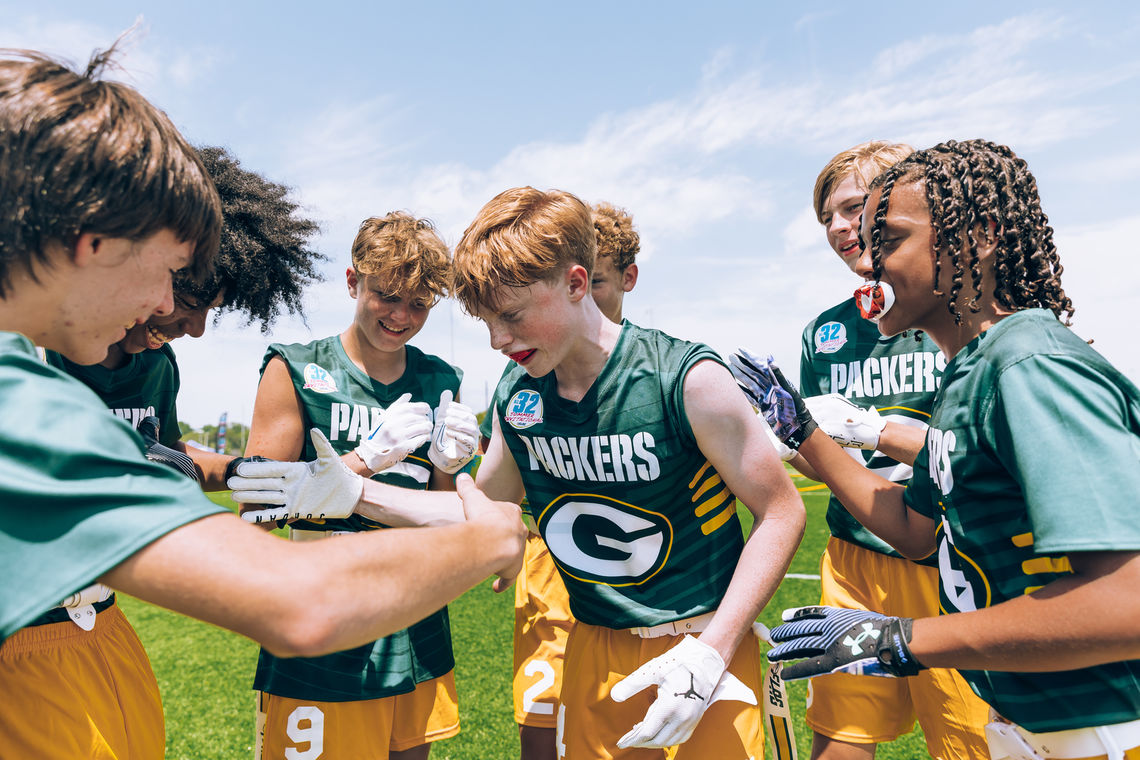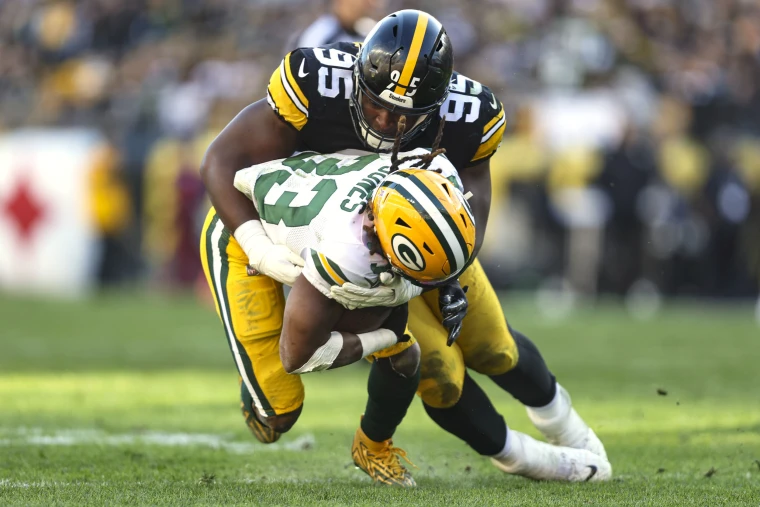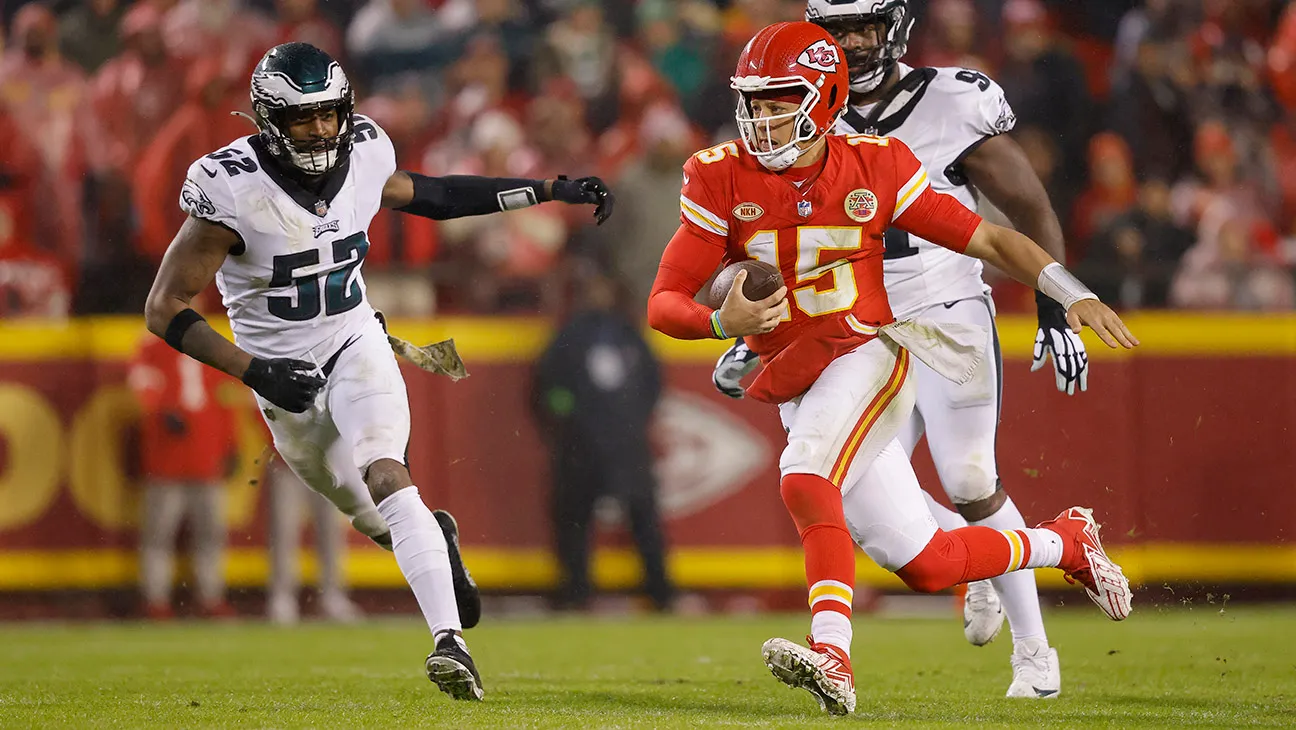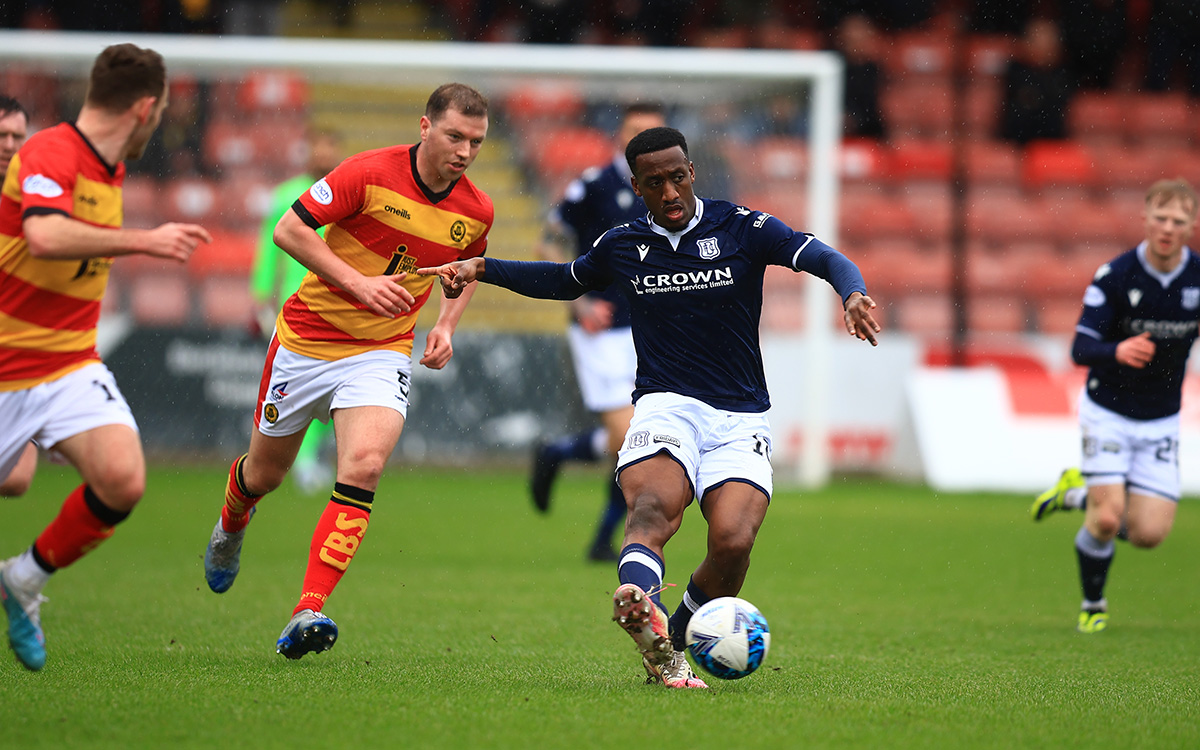I. Introduction

Play action is a concept widely utilized in football to create opportunities for success on offense. Understanding the essence of play action and its significance in the game can greatly impact a team’s strategy and performance. This article aims to delve into the concept of play action, highlighting its fundamental principles and discussing its role in creating opportunities for success in football.
II. The Basics of Play Action
A. Definition and Purpose
- Defining play action in football:
Play action refers to the technique employed by the offense to deceive the defense by faking a running play or handoff, creating an opening for a pass play. - The primary objectives and benefits of utilizing play action:
Play action serves multiple purposes, including confusing the defense, exploiting defensive reactions, and enhancing the offensive strategy. By effectively executing play action, offenses create opportunities for big plays and keep the defense off balance.
B. Execution of Play Action
- Pre-snap setup and positioning: Prior to the snap, the offense sets up the play, which often involves positioning the running back, offensive line, and wide receivers to sell the running play.
- Faking the handoff or play action pass: The quarterback executes the play fake by simulating a handoff to the running back or executing a play-action pass, tricking the defense into believing a running play is taking place.
III. Advantages of Play Action in Football

A. Confusing the Defense
- Faking out defenders and creating openings: Play action forces defenders to commit to stopping the run, creating gaps in pass coverage that can be exploited by receivers. This confusion of the defense often leads to open passing lanes.
- Forcing defenders to hesitate and make mistakes: The fake handoff during play action forces defenders to hesitate in their decision-making, creating opportunities for receivers to gain separation and make big plays.
B. Exploiting Defensive Reactions
- Drawing defenders closer to the line of scrimmage: Play action pulls defenders toward the line of scrimmage, creating space for receivers to operate in the secondary. This draws safeties and linebackers away from their coverage responsibilities, leaving them vulnerable.
- Exploiting gaps in coverage and creating passing opportunities: As defenders react to the perceived running play, play action creates openings in the defense, allowing quarterbacks to find open receivers in the vacated areas.
C. Enhancing Offensive Strategy
- Diversifying the playbook and keeping the defense guessing: Play action is a crucial tool for diversifying the offensive playbook, forcing defenses to account for both the running and passing game. By keeping defenses guessing, offenses gain a strategic advantage.
- Creating mismatches and exploiting defensive vulnerabilities: Play action can create mismatches between receivers and defenders, especially when involving play-action passes to tight ends or running backs. These mismatches can lead to favorable matchups for the offense, resulting in significant gains.
IV. Key Elements of Successful Play Action

A. Effective Run Game
- Establishing a strong running game to sell the play fake
A successful play action starts with a strong running game. Running the ball effectively forces the defense to commit more defenders to stopping the run, creating opportunities to exploit with play action. The offense must establish credibility and gain the defense’s respect by consistently gaining yardage on the ground.
- Building credibility with the defense to increase the effectiveness of play action
When the defense respects the offense’s ability to run the ball, they become more susceptible to play action. Building credibility through a combination of effective running plays, successful play-action passes, and a balanced offensive attack makes the defense think twice before committing to stopping the run.
B. Quarterback’s Execution
- Proper footwork, ball handling, and timing
The quarterback’s execution plays a crucial role in the success of play action. Proper footwork, ball handling, and timing are essential to selling the play fake effectively. The quarterback must execute each step with precision, simulating a handoff or run play to fool the defense and create passing opportunities.
- Selling the play fake with convincing actions and movements
To sell the play fake, the quarterback must convincingly mimic the actions and movements of a legitimate run play. This includes a deliberate body posture, fluid arm movements, and eye discipline to make the play look authentic. The quarterback’s ability to sell the fake determines how effectively the defense reacts, opening up passing lanes downfield.
C. Offensive Line’s Responsibilities
- Maintaining pass protection while selling the run play
While executing play action, the offensive line has the responsibility to maintain proper pass protection. They must hold their blocking assignments and provide the quarterback with enough time to execute the play fake. This requires discipline and coordination to sell the run play while preventing pass rushers from disrupting the pass.
- Concealing the pass intentions and avoiding telegraphing the play
To keep the defense guessing, the offensive line must avoid telegraphing the play. This means maintaining consistent run-blocking techniques regardless of the play design. By concealing the pass intentions, the offensive line prevents the defense from recognizing the play action and reacting accordingly.
V. Notable Play Action Examples and Strategies
A. Bootleg Passes and Rollouts
- Utilizing quarterback mobility and misdirection
Bootleg passes and rollouts involve the quarterback faking a handoff before rolling out in the opposite direction of the run action. This misdirection plays on the defense’s overcommitment to stopping the run, creating opportunities for the quarterback to throw on the run or run with the ball.
- Stretching the defense and creating throwing lanes
By rolling out, the quarterback stretches the defense horizontally. This action creates throwing lanes and forces defenders to choose between defending the quarterback’s potential run or covering receivers downfield. It puts stress on the defense, often leading to mismatches and open receivers.
B. Deep Passes and Shot Plays

- Capitalizing on the confusion and overreaction of the defense
Play-action deep passes and shot plays aim to exploit the defense’s confusion and overreaction to the play fake. As defenders bite on the fake run, the offense takes advantage by sending receivers on deep routes, stretching the defense vertically. This creates opportunities for big plays downfield.
- Generating big-play opportunities and altering the game’s momentum
Successful deep passes and shot plays not only gain significant yardage but also have the potential to alter the momentum of the game. These plays take advantage of the defense’s vulnerability and can result in game-changing, momentum-swinging plays that energize the offense and demoralize the defense.
In conclusion, the key elements of successful play action in football encompass an effective run game, the quarterback’s execution, and the offensive line’s responsibilities. Building credibility through a strong running game sets the foundation for play action, while the quarterback’s convincing actions and movements, along with the offensive line’s ability to conceal pass intentions, sell the play fake effectively. Notable play action examples such as bootleg passes, rollouts, deep passes, and shot plays showcase different strategies to exploit the defense’s reactions. By incorporating these elements into their game plan, teams can maximize the effectiveness of play action and gain an advantage on the field.

